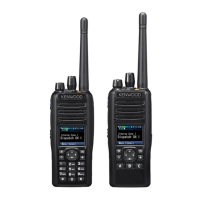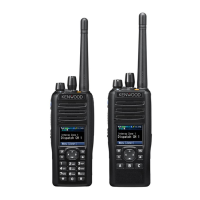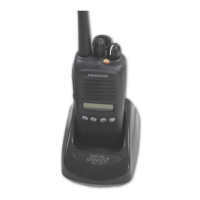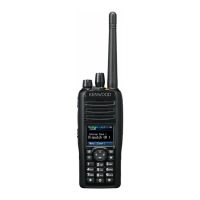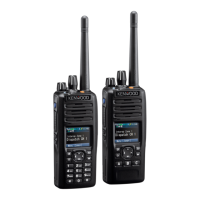SERVICE MANUAL
COPYRIGHT © 2015 JVC KENWOOD Corporation
No.RA018<Rev.002>
2015/9
B5B-7164-10
VHF DIGITAL TRANSCEIVER
RA018<Rev.002>20159SERVICE MANUALB5B-7164-10
NX-5200
COPYRIGHT © 2015 JVC KENWOOD Corporation
TABLE OF CONTENTS
1 PRECAUTION. . . . . . . . . . . . . . . . . . . . . . . . . . . . . . . . . . . . . . . . . . . . . . . . . . . . . . . . . . . . . . . . . . . . . . . . . 1-7
2 SPECIFIC SERVICE INSTRUCTIONS . . . . . . . . . . . . . . . . . . . . . . . . . . . . . . . . . . . . . . . . . . . . . . . . . . . . . . 1-7
3 DISASSEMBLY . . . . . . . . . . . . . . . . . . . . . . . . . . . . . . . . . . . . . . . . . . . . . . . . . . . . . . . . . . . . . . . . . . . . . . 1-27
4 ADJUSTMENT . . . . . . . . . . . . . . . . . . . . . . . . . . . . . . . . . . . . . . . . . . . . . . . . . . . . . . . . . . . . . . . . . . . . . . . 1-34
5 TROUBLESHOOTING . . . . . . . . . . . . . . . . . . . . . . . . . . . . . . . . . . . . . . . . . . . . . . . . . . . . . . . . . . . . . . . . . 1-94
NX-5200 F3,K3,ENX-5200 F2,K2,E2
This service manual has been revised due to the addition of NX-5200 type E, E2.
REVISED
This product complies with the RoHS directive for the European market.
This product uses Lead Free solder.


